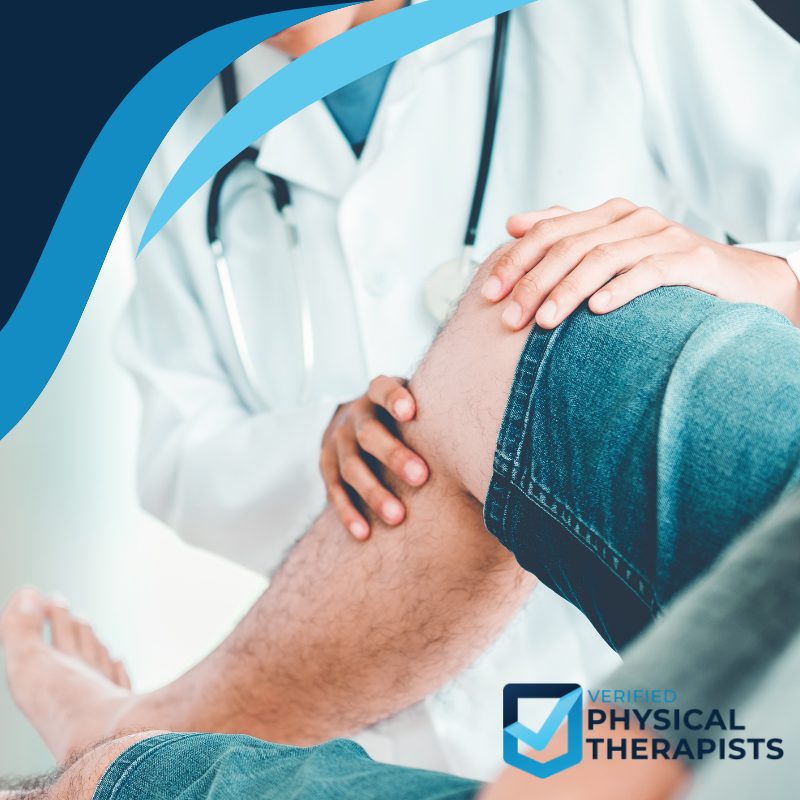
Managing Chronic Pain with Physical Therapy
Discover effective strategies for managing pain and easing chronic pain through personalized treatment plans, therapeutic exercises, and innovative modalities. Explore ways to manage chronic pain and reclaim your life with expert insights and practical tips.
Living with persistent discomfort can profoundly impact daily life, making it essential to explore various strategies for relief. Effective pain management is not merely a pursuit of comfort but also vital for enhancing overall well-being. Engaging in therapeutic exercises can significantly alleviate discomfort while promoting mobility. Tailored movements suited to individual conditions often yield remarkable results. Incorporating heat or cold therapies into one’s routine can offer immediate relief and help minimize inflammation. Partnering with healthcare professionals enables the development of customized treatment plans that enhance efficacy. Discovering self-management techniques, such as mindfulness practices, empowers individuals to take control of their health and effectively manage chronic pain
Exploring Physical Therapy Techniques
Recovery from various conditions often relies on a comprehensive approach that integrates multiple therapeutic strategies. This method not only addresses diseases resulting from injuries but also incorporates interventions tailored to individual needs. Therapeutic exercises such as stretching and strengthening routines significantly enhance mobility and flexibility, aiding in the management of chronic conditions. Manual therapy focuses on alleviating muscle tension through hands-on techniques, which can improve circulation and potentially reduce the need for prescription drugs. Modalities like heat and cold treatment are effective for pain relief, offering a non-invasive alternative to medications such as ibuprofen or oxycodone. Empowering patients with education is vital, equipping them to manage their health effectively, understand their treatment options, and make informed decisions about their care, especially when facing conditions like chronic pain or anxiety that may require medications such as nonsteroidal anti-inflammatory drugs or opioids like oxycodone and morphine, as well as complementary approaches like psychotherapy and lifestyle modifications for stress and sleep management.
Effective Exercise Routines For Pain Relief
Engaging in regular physical activity can significantly influence one’s ability to cope with various forms of discomfort. Numerous studies demonstrate that maintaining an active lifestyle, including targeted strength training, can uplift mood and alleviate symptoms associated with conditions like arthritis. It is essential to modify exercise routines according to individual levels of discomfort, which may vary from mild to severe, thus making it a vital aspect of health care. For instance, gentle stretches can be advantageous for those experiencing mild injury, while a structured approach focused on skeletal muscle strengthening might be necessary for moderate pain. Health professionals frequently advocate for a blend of exercise types, incorporating low-impact cardio to aid individuals during challenging pain episodes. Success stories reveal how tailored routines can effectively improve health outcomes in conditions like injury, arthritis, and cancer, while also addressing mood issues and enhancing recovery through alternative medicine approaches and proper health care practices.
Alternative Medicine Approaches To Pain Management
Exploring various techniques for alleviating discomfort can open new avenues for individuals seeking relief. Many therapies focus on improving overall well-being while aiming to reduce pain in innovative ways. Acupuncture, for instance, utilizes thin needles to stimulate specific points on the body, and research shows it may effectively help with chronic pain. Numerous patients report significant pain relief after undergoing this treatment. Chiropractic adjustments center on enhancing mobility and managing pain through spinal manipulation. Evidence suggests that this therapy can be beneficial for both acute and ongoing conditions. Patient testimonials frequently highlight marked improvements in daily living activities, showcasing the effectiveness of holistic approaches for pain treatment
Understanding The Role Of Medications
The spectrum of therapeutic options available today is vital for effectively addressing discomfort and enhancing quality of life. Different types of pain might require various strategies to manage chronic pain and utilize specific formulas for optimal relief. Over-the-counter (OTC) options, such as ibuprofen and acetaminophen, are frequently employed to combat acute pain and inflammation. These nonsteroidal anti-inflammatory drugs (NSAIDs) are both accessible and budget-friendly, yet their improper use can result in unwanted side effects. Prescription medications, which include antidepressants and opioids, offer targeted relief for persistent conditions like arthritis or neuropathic pain, while also complementing other pain management techniques such as anti-inflammatory drugs and relaxation techniques to effectively manage chronic pain.
Pain Management
- Over-the-counter options like ibuprofen and acetaminophen are effective for acute pain relief.
- Nonsteroidal anti-inflammatory drugs (NSAIDs) can lead to side effects if not used correctly.
- Prescription medications, including antidepressants and opioids, target chronic pain conditions.
- Combining medications with techniques like relaxation can enhance overall pain management.
Coping Strategies For Chronic Pain Sufferers
Living with persistent discomfort can be a daunting challenge that requires a multifaceted strategy tailored to individual experiences. Understanding the various causes of pain is essential for developing an effective approach to address it. For many individuals, engaging in therapeutic activities may help reduce symptoms and enhance daily living. Exercise routines specifically designed to strengthen the body can provide vital support in managing pain conditions. Integrating mind-body techniques, such as mindfulness and yoga, can be a powerful way to help you manage emotional responses to discomfort. Dietary choices also play a significant role in this journey. Incorporating anti-inflammatory foods into your meals can contribute to reducing inflammation and offer some help in managing conditions that cause severe pain.
The Importance Of Personalized Treatment Plans
Creating a strategy that addresses individual needs is crucial for effectively managing persistent discomfort. Tailored approaches not only recognize the distinct symptoms but also enhance the overall efficacy of treatments for chronic pain. By focusing on personal history and unique challenges, such plans can significantly promote patient engagement, leading to better health outcomes. For instance, a comprehensive pain management program may incorporate various methodologies, such as medications to relieve pain, physical therapy, and specific exercise routines. Evidence suggests that customized interventions can help you feel more empowered in managing pain and may help reduce pain interference in everyday activities
Pain Management
- Tailored approaches improve treatment efficacy for chronic pain by addressing individual symptoms.
- Personalized pain management plans can enhance patient engagement and promote better health outcomes.
- Comprehensive programs may include medications, physical therapy, and exercise routines to manage pain effectively.
- Customized interventions can empower individuals to manage their pain and reduce its interference in daily activities.
Reducing Stress To Alleviate Pain
Emotional turmoil can deeply influence our physical sensations. Studies reveal that when individuals experience stress, it can significantly intensify pain messages processed by the brain, leading to heightened discomfort. For those grappling with chronic pain conditions, developing effective strategies to manage your pain proves vital for finding relief from pain. Incorporating practices like meditation and deep breathing can serve as effective tools to mitigate stress and enhance overall well-being. Engaging in physical activity is important, as it releases endorphins that help manage your pain naturally. By embedding these stress reduction methods into daily life, individuals can create a more comprehensive pain management plan. Professional guidance may also strengthen these efforts, allowing for improved outcomes in pain management treatments for chronic pain conditions and the effective relief from pain you feel.
Managing Pain Through Comprehensive Care
Effective strategies for alleviating discomfort rely on a cooperative model that brings together various healthcare professionals. By collaborating, these experts can enhance the overall management of ongoing pain, addressing the diverse factors that contribute to an individual’s experience. For instance, physical therapists utilize targeted rehabilitation programs to alleviate musculoskeletal pain, ensuring a tailored approach to each patient’s needs. Relaxation techniques can help individuals cope with stress, which is often a major factor related to pain, ultimately fostering emotional well-being. In addition, psychologists play a crucial role by teaching vital skills to manage discomfort, enabling patients to feel more in control of their pain. The synergy among specialists ensures that all elements connected to pain are thoroughly examined, ultimately leading to a combination of treatments that not only block pain but also help individuals learn to control their ongoing pain and feel more in control of their pain and function.
Pain Management
- Collaboration among healthcare professionals leads to more effective pain management strategies.
- Physical therapists design customized rehabilitation programs to address specific musculoskeletal pain.
- Relaxation techniques can significantly reduce stress, which is often linked to pain perception.
- Psychologists equip patients with skills to manage discomfort, promoting a sense of control over their pain.

